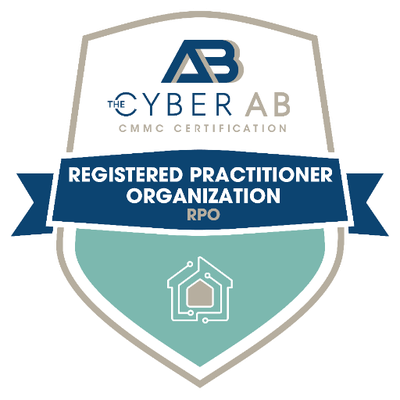Need to Meet CMMC Compliance?
Schedule Your CMMC Readiness Assessment
Fill out the form below to start the process
"*" indicates required fields
Learn More About CMMC and NIST Compliance
Check out some of our technology and DOD cybersecurity articles.
Contact us
About SSE
Contact Us
Interested in how SSE can optimize your business systems to ensure maximum availability and security? Contact our team today, and take a leap forward into the future of technology.
9666 Olive Blvd # 710,
St. Louis, MO 63132
info@sseinc.com | (314) 439-4700








Insights Into The World Of Compliance & Technology
According to Hyperproof, businesses have lost an average of 4,005,116 US Dollars in revenue as a result of non-compliance. Many companies have fallen victims of the law through penalties, revocation of licenses, litigation, fines, and shutdown of operations as a consequence of non-compliance. These implications have negatively affected stakeholders, investors, employees, and the public.
Maintaining Compliance in a Rapidly Changing Business World
Compliance refers to the company following all of the regulations and legal laws that govern how they manage the business, their staff, their partners, and their conduct towards their customers and the general public, often to protect their safety, their health and their welfare.
These regulations and laws will vary depending on the industry, location, structure of the business, and are determined by a governing body. Some rules are specific to companies, some to consumers, while others apply to both the company and the consumer. It is essential to get industry-specific compliance since risks can be very different.
Examples of these industry regulations include:
The expertise and experience in compliance and security offered by SSE Inc will guarantee customized solutions for your business.
The Convergence of Security and Compliance
In today’s business environment, as businesses become more remotely run, and global, many companies are adopting cloud services to keep up with the rising demand for data. Cloud services offer a lot of benefits, such as the ability to access company documents from any location. Still, it also comes with a lot of risks that make your data vulnerable.
With the number and severity of cyberattacks continuing to increase and exposing businesses to risks, protection of data is now a critical regulatory requirement in many industries. Regulation organizations and governments are continually seeking to enforce cybersecurity by establishing more rigid compliance directives.
Cyber-security and compliance share the same goal to reduce and mitigate risk. Cybersecurity compliance involves generating a program that establishes risk-based controls, enacted by a regulatory body, or the law to protect the accessibility, confidentiality, and integrity of data stored, processed, or transferred.
How Can Your Business Embrace Cyber-Security Compliance?
Are you a business thinking about compliance and are stuck on how to move forward? The following steps will guide you through the compliance process.
Determine the Data You Have and What Regulations You Need to Comply With
The first step in working towards compliance is determining the data you are processing and storing. Laws and regulations that the company needs to comply with are determined by the type of data. For example, regulations subject additional controls when handling Personally Identifiable Information (PII). Compliance requirements vary in every state, but some apply regardless of the location of your company.
Appoint or Consult Compliance Experts
The complexity of compliance requires the company to consult/ appoint experts in the field. These experts should be familiar with all the departments in the company as this helps cover all conceivable areas of risk and interest in the company. The compliance team will also give regular updates regarding the cyber-security compliance program.
Conduct a Comprehensive Risk Analysis
The compliance team should carry out an extensive analysis of the current situation. The results of the investigation will assess controls that the company has in place and the vulnerabilities of the existing systems. The team will then suggest measures that need to be modified, supplemented, or recreated completely to ensure data security.
Implement Controls Based on the Risk Analysis
The next step is to implement controls and cyber-security regulations based on the company’s risk tolerance as determined by the risk assessment. The compliance team can alternatively use the cyber-security framework as a guide and add other technical controls to meet the needs of the company. These technical controls include:
Develop and Communicate a Compliance Policy
When the company is satisfied and confident with the systems put in place, an internal policy should be formulated and communicated throughout the company. The procedure must be documented and updated as it will be instrumental during audits.
Conduct Internal Monitoring and Auditing of Compliance Programs
The compliance landscape is always changing. It is, therefore, essential for a business to regularly conduct tests for both process and technical controls to ensure that they remain compliant. It is even more crucial for it to develop a compliance program that can adapt to these changes.
Which Cyber-Compliance Regulations Apply To Me?
As mentioned above, compliance regulations vary depending on the type of data, the industry, your location, and the governing body. A business should consult a cyber-compliance expert to ensure that they remain on the right side of the law.
Speak to SSE today and get tailor-made solutions that will guarantee data security and keep your business running smoothly.
Click here to get started or call us at (314) 439-4700.